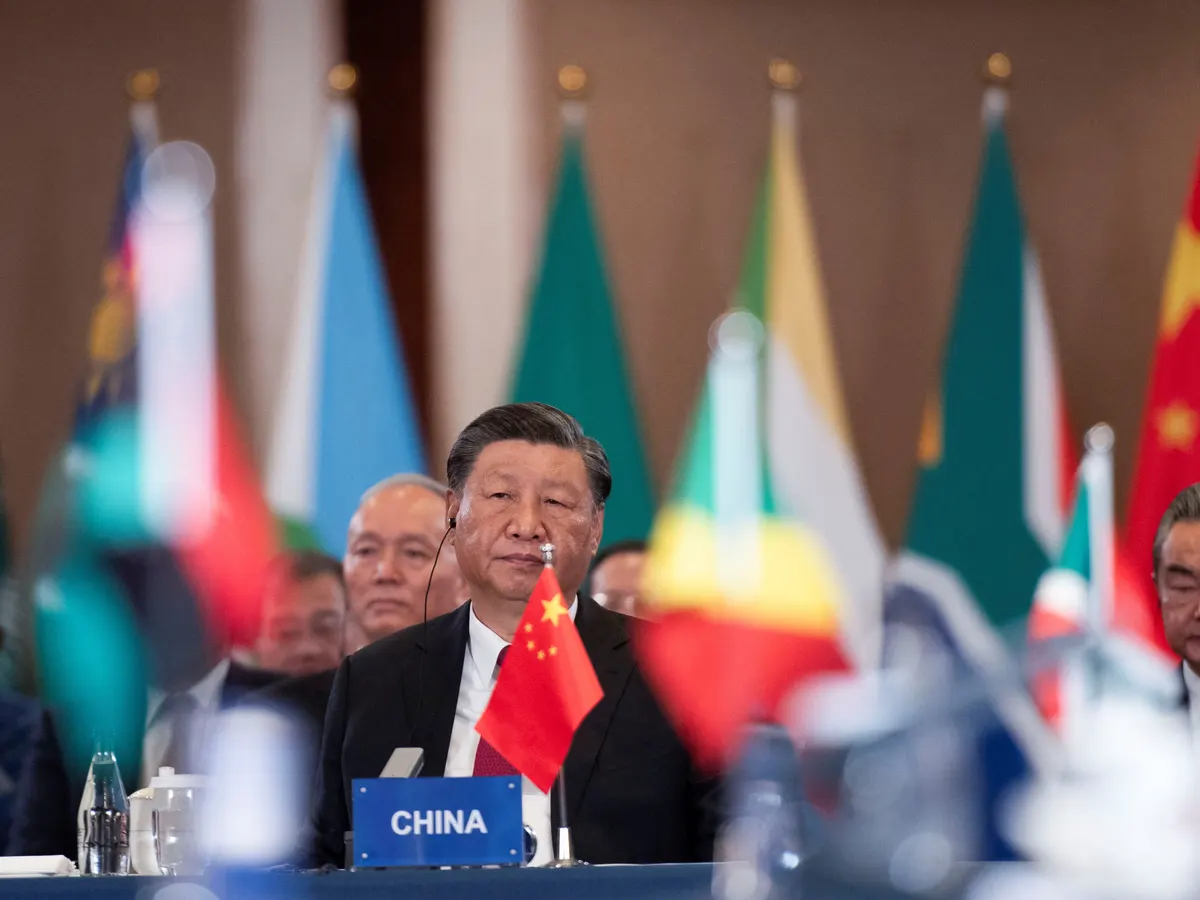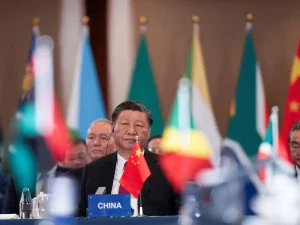- 6 June 2024
- 82
China’s Growing Role as a Major Bilateral Lender Philippine

In recent years, China has significantly expanded its influence in the Asia-Pacific region, particularly in its economic relations with neighboring countries. One notable trend is China’s emergence as one of the biggest bilateral lenders to the Philippines. This article explores the dynamics of this relationship, the implications for both countries, and the broader geopolitical context.
China’s Lending Practices

China’s approach to lending differs from traditional Western institutions like the World Bank and the International Monetary Fund (IMF). Instead of adhering to strict conditionality and transparency standards, China often offers loans with fewer strings attached, providing a more attractive option for countries seeking financing without stringent requirements.
The Philippines-China Relationship
The relationship between China and the Philippines has experienced significant shifts in recent years. Historically, the two countries have had tensions over territorial disputes in the South China Sea. However, under President Rodrigo Duterte, the Philippines has pursued a more conciliatory approach towards China, seeking closer economic ties while downplaying maritime disputes.
Implications for the Philippines
China’s growing role as a lender to the Philippines has both benefits and drawbacks for the Southeast Asian nation. On one hand, Chinese loans have facilitated infrastructure development projects, addressing critical infrastructure gaps in the Philippines. These projects include bridges, railways, and ports, which are vital for economic growth and connectivity.
Challenges and Risks
Despite the benefits, there are also challenges and risks associated with increased reliance on Chinese loans. One concern is the potential for debt trap diplomacy, where countries become heavily indebted to China and risk losing strategic assets if they default on their loans. Additionally, there are concerns about transparency and governance standards associated with Chinese-funded projects.
Geopolitical Implications
China’s lending activities in the Philippines are part of its broader geopolitical strategy to expand its influence in the Asia-Pacific region. By providing loans and investment, China aims to strengthen its economic ties with neighboring countries and enhance its geopolitical leverage. This has implications for regional dynamics and the balance of power in the Asia-Pacific.
Safeguarding Philippine Interests
In light of the risks associated with increased reliance on Chinese loans, the Philippines must take proactive measures to safeguard its interests. This includes enhancing transparency and accountability in the negotiation and implementation of Chinese-funded projects. Strengthening governance standards can help mitigate the risk of corruption and ensure that infrastructure investments benefit the Filipino people. Additionally, diversifying sources of financing by engaging with other international partners can reduce dependency on China and provide alternative avenues for funding critical development projects.
Looking Ahead: Opportunities for Collaboration
Despite the challenges, there are also opportunities for collaboration between China and the Philippines. Through constructive engagement and dialogue, both countries can work together to address common challenges and pursue mutually beneficial cooperation. This could involve joint ventures in infrastructure development, technology transfer, and trade facilitation. By leveraging their respective strengths and resources, China and the Philippines can foster a more inclusive and sustainable partnership that contributes to the economic development and prosperity of both nations.
Analysis Table
| Aspect | Impact |
|---|---|
| Infrastructure Development | Facilitates critical infrastructure projects in the Philippines |
| Economic Growth | Stimulates economic growth and connectivity |
| Debt Burden | Raises concerns about debt sustainability and repayment |
| Geopolitical Influence | Strengthens China’s influence in the Asia-Pacific region |
Comparative Table
| Criteria | China | Traditional Western Institutions |
|---|---|---|
| Lending Approach | Fewer strings attached, less stringent conditions | Conditional lending with transparency and governance standards |
| Geopolitical Motivations | Part of broader geopolitical strategy to expand influence | Focus on development goals and international cooperation |
| Risk of Debt Trap | Concerns about debt trap diplomacy and strategic implications | Lower risk of debt trap, emphasis on debt sustainability |
| Transparency | Transparency and governance standards may vary | Strict adherence to transparency and accountability standards |
Conclusion
China’s emergence as one of the biggest bilateral lenders to the Philippines represents a significant development in the region’s economic and geopolitical landscape. While Chinese loans have facilitated much-needed infrastructure development, they also raise concerns about debt sustainability and geopolitical influence. As the Philippines navigates its relationship with China, it must carefully balance the benefits and risks associated with increased reliance on Chinese financing. Moreover, the broader implications of China’s lending activities in the Asia-Pacific region warrant close attention from policymakers and analysts alike.

